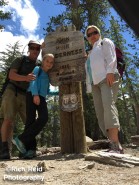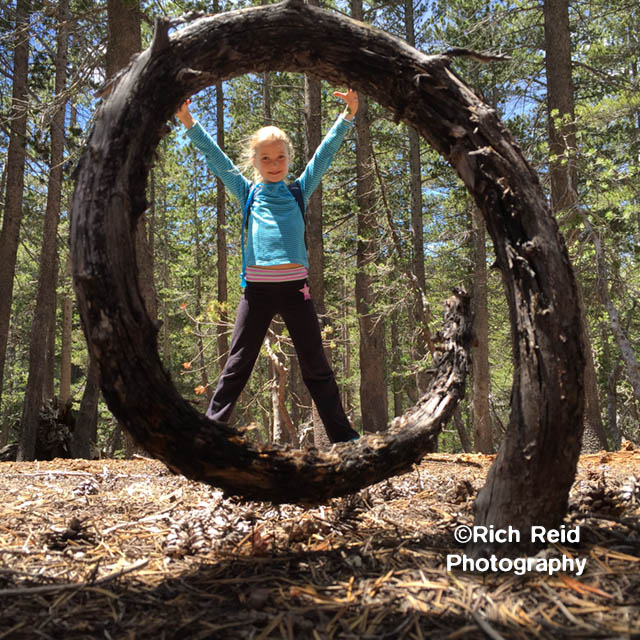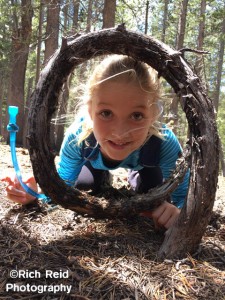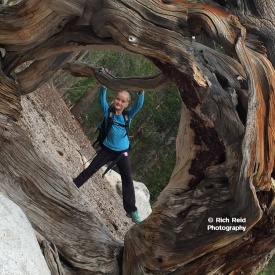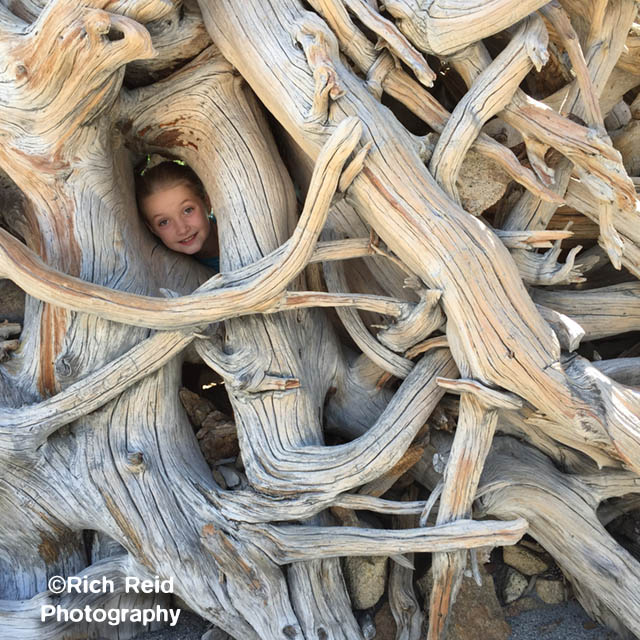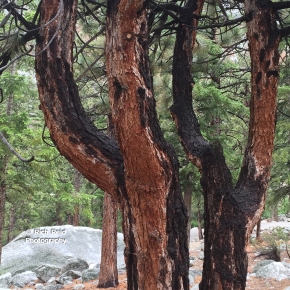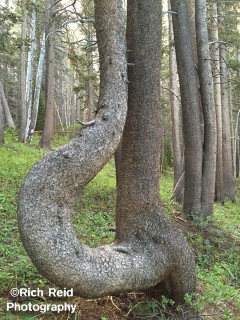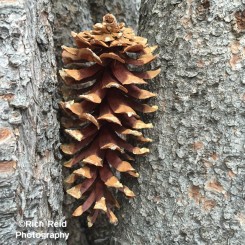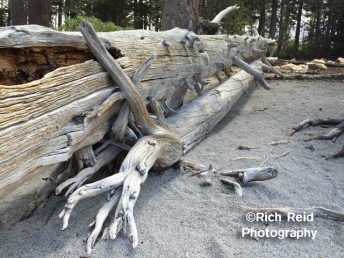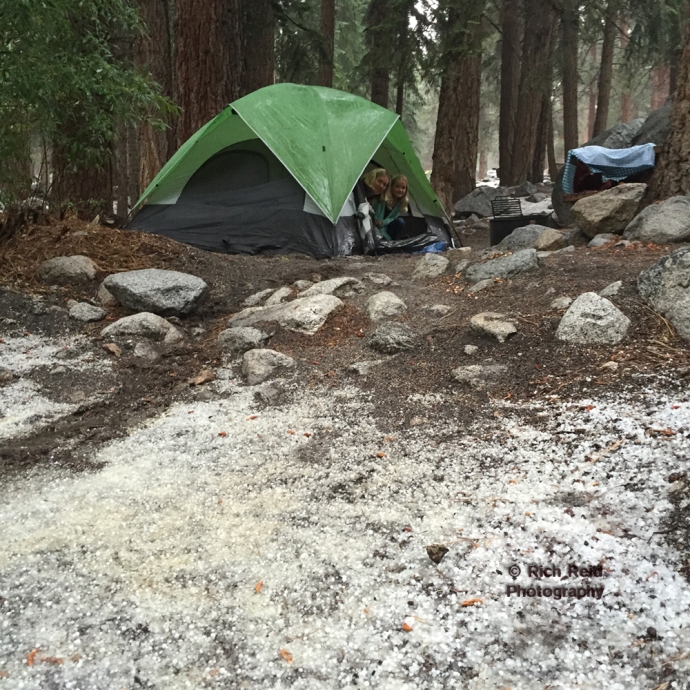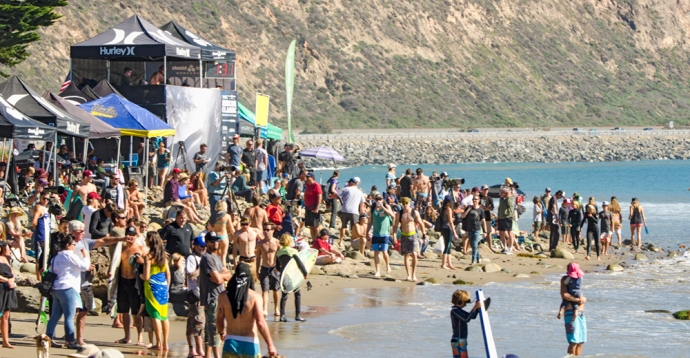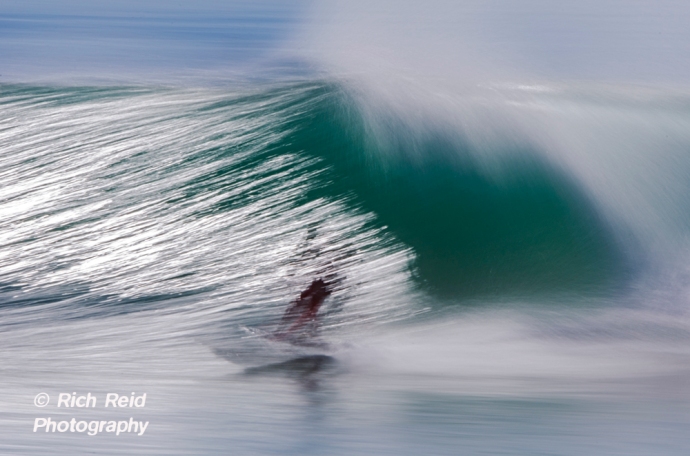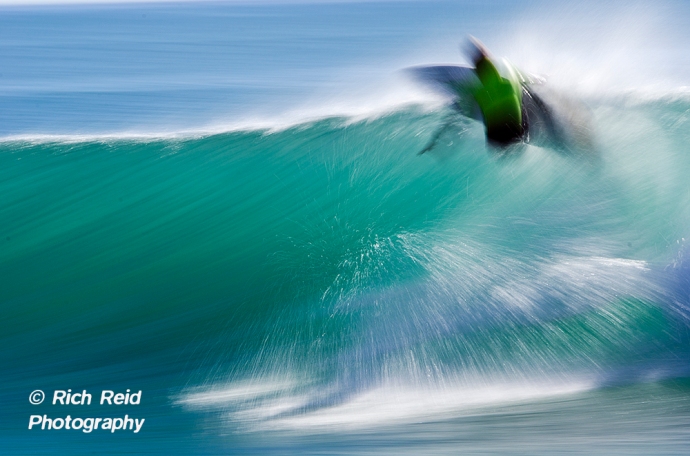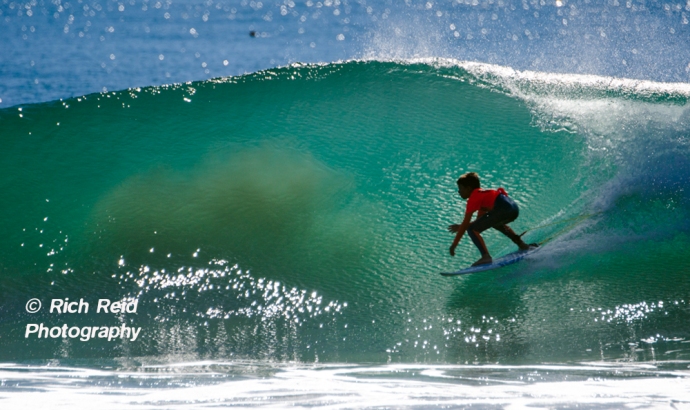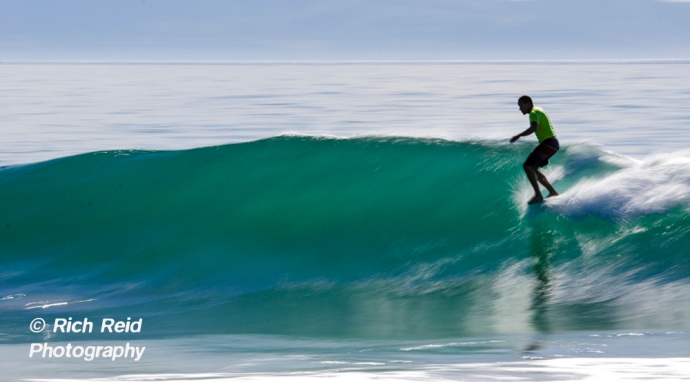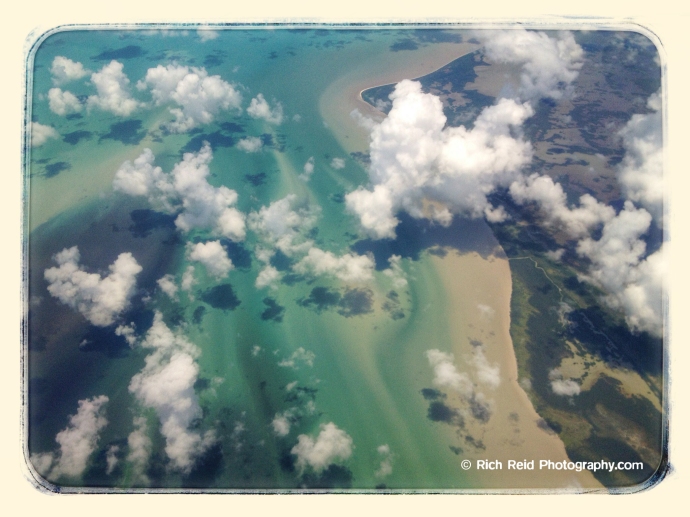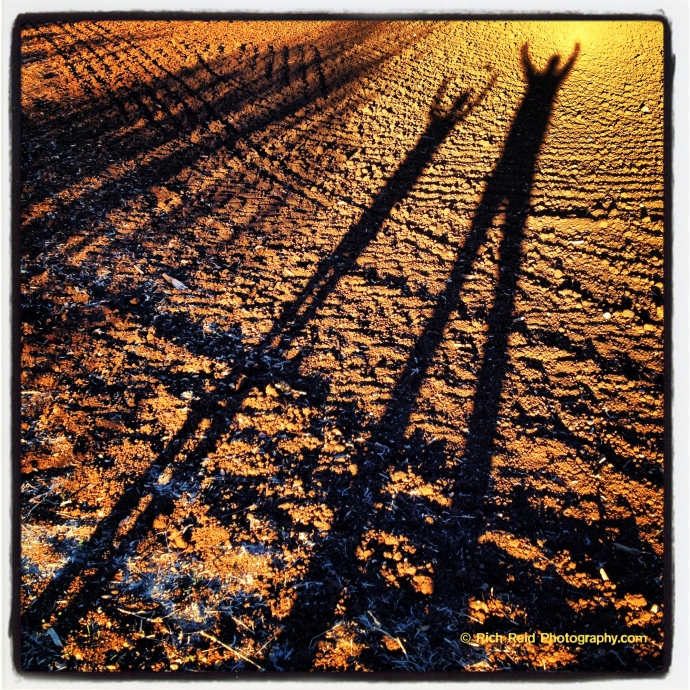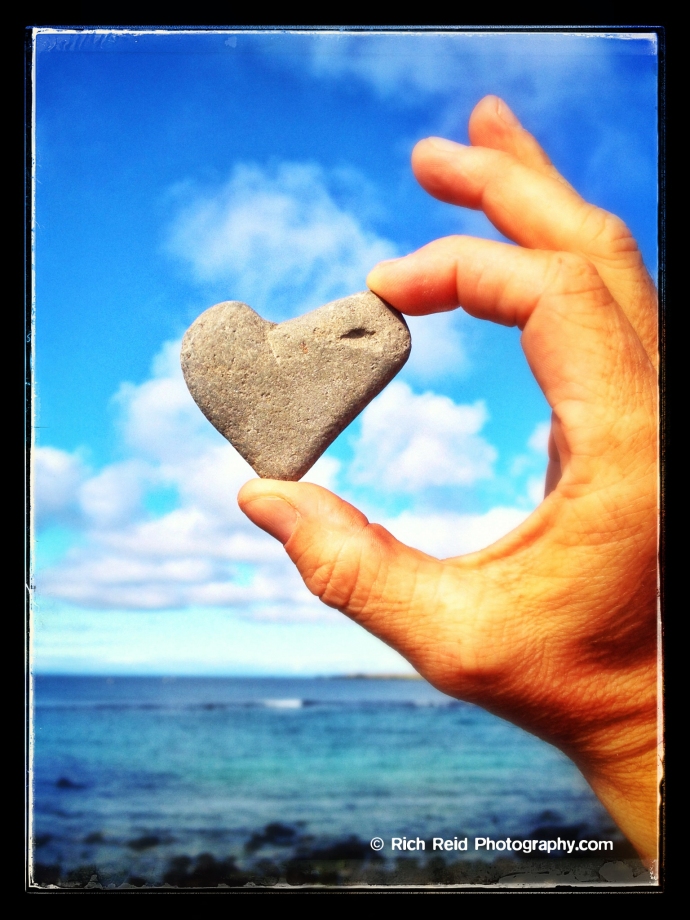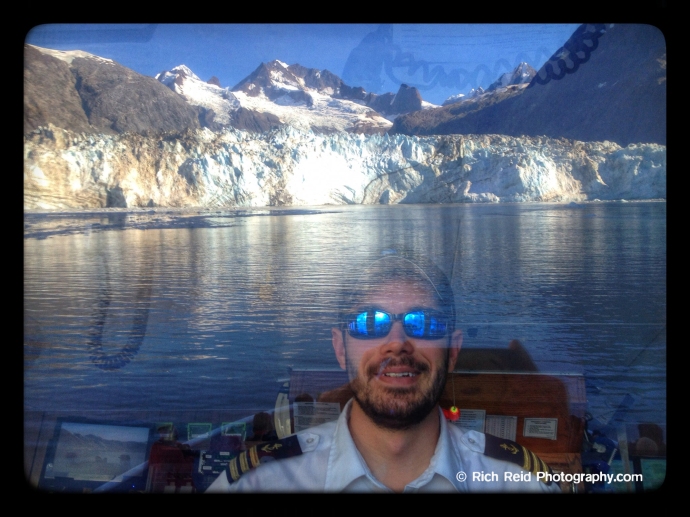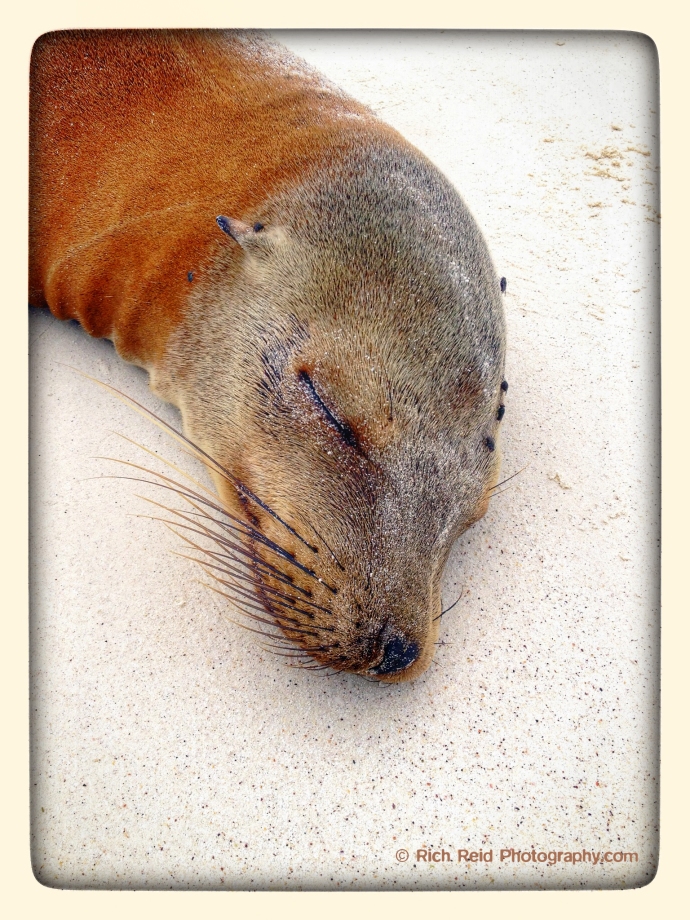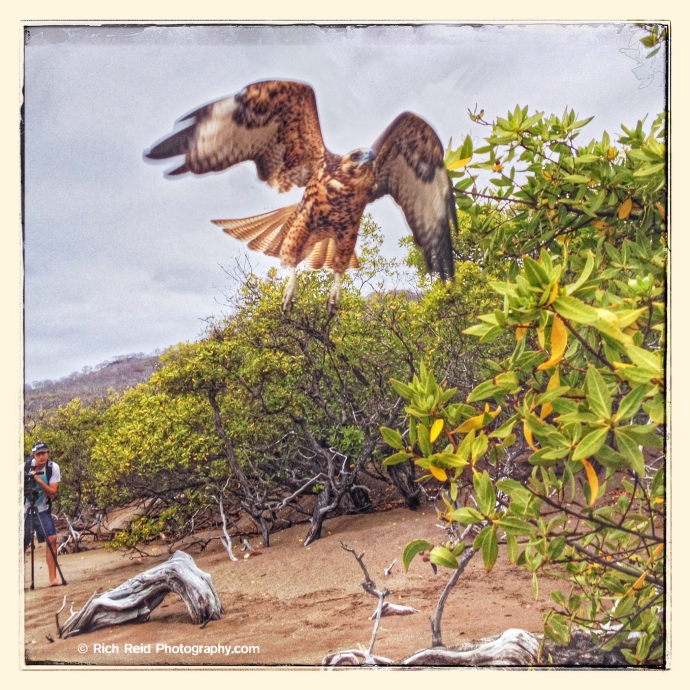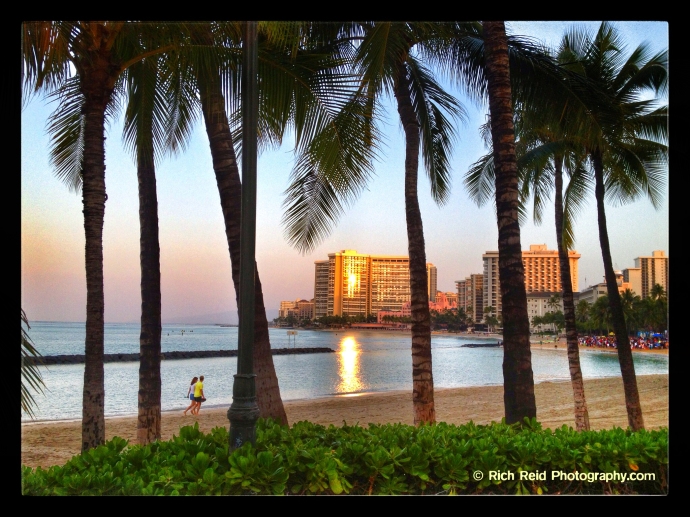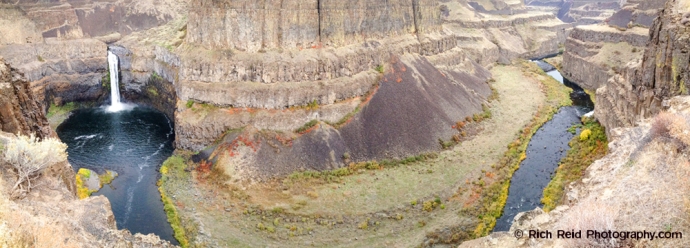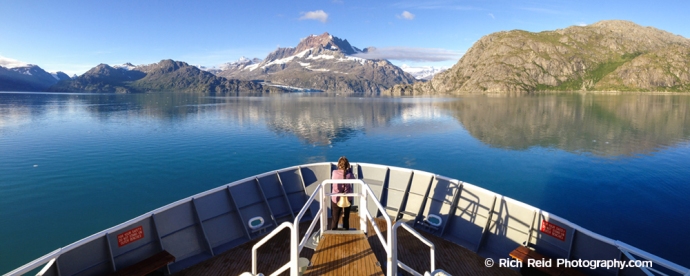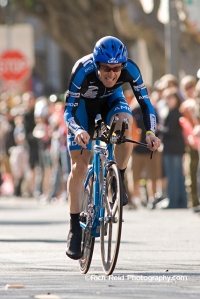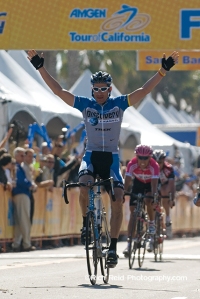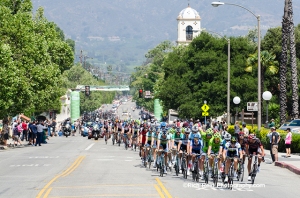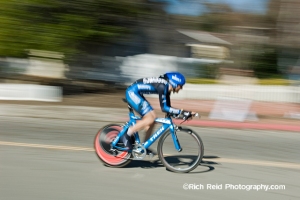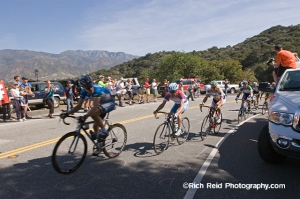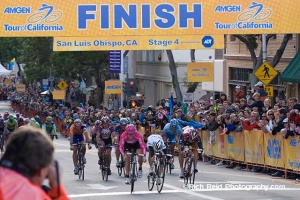In October, I upgraded my iPhone from a 4s to a 6 and proceeded to snap 5,500 images in its first month. My $99 iPhone 4s has captured over 11,000 assets in its two loyal years and now has been proudly handed down to my daughter. These phones have survived punishing weather while traveling the globe entertaining guests while working on assignment for National Geographic aboard Lindblad Expedition ships. I think of the paradigm shifts in the photography industry in my last 30 years and have to admit that the smartphone has been the greatest advancement, even more than film to digital.
The following top ten panorama photos were taken on my iPhones during 2014 and each image is accompanied with a photography tip and technique. The smartphone has changed the way we process our visuals as we share countless photos uploaded to social media. It has also changed the way we teach photography which is evident by the responses I have received from satisfied guests. Being able to do a live iPhone photo demonstration in front of 100 guests is evolutionary and certainly a wonderful device for connecting people across all photographic abilities.

Panorama of sand dunes and the Pacific Coast Highway near Malibu, California.
#10 Pacific Coast Highway Sand Dune
10/18/14, 1:15pm
Panorama of person climbing a 400 foot sand dune above the Pacific Coast Highway near Malibu, California.
Symmetry and Simplicity – Look for a simple composition with equal proportions on either side of the image.

Panorama of the London Underground train at an empty station in London, England.
#9 London Underground
10/22/14, 4:20pm
Panorama of a train in the London Underground or Tube at an empty station in London, England.
Distortion – Take advantage of the known barrel distortion to give your image a spherical look. Much like a cropped fisheye lens where the magnification decreases with distance from the optical center.

Panorama of the shipwrecked sealing vessel, the Protector III In front of the Barnard House on New Island in the Falkland Islands.
#8 New Island
11/12/14, 8:35am
Panorama of the shipwrecked sealing vessel, the Protector III in front of the Barnard House on New Island in the Falkland Islands.
Landscapes – Selecting the correct proportion and creating visual anchors are important. Establish your height/width ratio and beginning/end of your image by doing a test pan. The camera crops approximately 10 percent from all sides so give yourself some additional room.
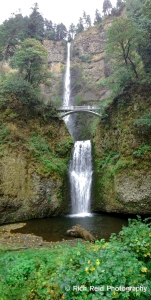
Vertical panorama of Multnomah Falls in the Columbia River Gorge, Oregon.
#7 Multnomah Falls
10/14/14, 3:06pm
Vertical panorama of the Multnomah Falls, combined 620-foot waterfalls in the Columbia River Gorge, Oregon.
Vertical – Turning your camera horizontally in your hand and panning vertically can benefit certain subjects like waterfalls and forests. The camera will not realign when turned so ignore the arrow which is designed only for horizontal photos.

Panorama of the sunset on Mondos Beach near Ventura, California.
#6 Mondos Beach
1/2/14, 4:44pm
Panorama of the sun reflecting of a beach house at low tide on Mondos Beach near Ventura, California.
Reflections – Double your visual assets with reflections from windows or water. By relocating your camera left or right ever so slightly, you can capture reflections during key lighting situations.

Panorama of ‘Blood Swept Lands and Seas of Red’ art installation of red ceramic roses at the Tower of London, England.
#5 Tower of London
10/24/14, 3:08pm
Panorama of ‘Blood Swept Lands and Seas of Red’ art installation of red ceramic roses at the Tower of London, England.
Right to left panning can save your image. Your camera defaults to left to right panning motion but by selecting the right side of your image, you can pan from right to left. With this image, I started from the right and panned slowly left while waiting for people to move out of the frame.

Panorama of the National Geographic Sea Bird bow in Gut Bay on South Baranof Island in Southeast Alaska.
#4 Gut Bay
6/11/14, 6:29am
Panorama of the National Geographic Sea Bird bow in Gut Bay on South Baranof Island in Southeast Alaska.
Asymmetry – Offsetting your subject to the left or right side of the frame leads the viewers eyes into visual thirds or rules of thirds. Dividing your subjects into vertical thirds also helps create a compelling composition.

Panorama of the National Gallery in Trafalgar Square in London, England.
#3 National Gallery
10/20/14, 12:26pm
Panorama of Nelson’s Column in Trafalgar Square and The National Gallery facade in London, England.
Motion – If you include people, its advised to inspect all faces and appendages before posting online or end up on “panos gone wrong.” For crowds look for distant people while panning quickly and for close ups pan slowly and have your subject still. See double exposure for another fun trick.

Panorama of a king penguin colony and the Allardyce Range at Saint Andrews Bay, South Georgia Island.
#2 Saint Andrews Bay
11/19/14, 5:20am
Panorama of a king penguin colony and the Allardyce Range at Saint Andrews Bay on South Georgia Island.
Wildlife – Many variable to consider when working close up with wildlife. Foremost is not disturbing the animals so be patient. When an opportunity arises, use your subject as a visual anchor and include the background for impact.

Stunning panoramic sunset in the Lemaire Channel, Antarctica.
#1 Lemaire Channel
11/25/14, 10:59pm
Panoramic sunset in the Lemaire Channel, Antarctica.
Exposure – Locking the exposure and focus is the most useful feature on the camera. Panorama often cover a wide range of exposure to the sun so find an average within your composition, many times in the center. Hold your finger on your screen over this average exposure until a yellow box plus AE/AF LOCK appears. Return to your original left or right position and pan with the exposure and focus locked on your selected spot. Works amazing!
Share: Rich Reid Photography

